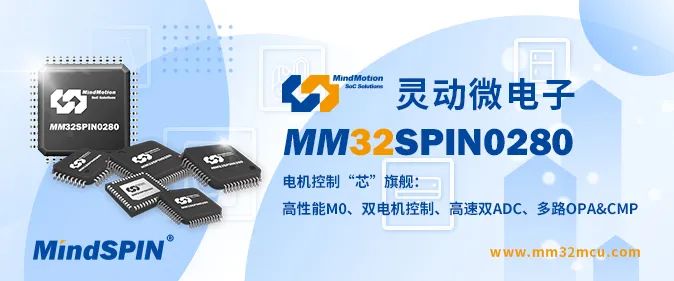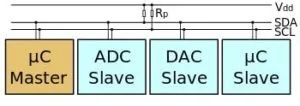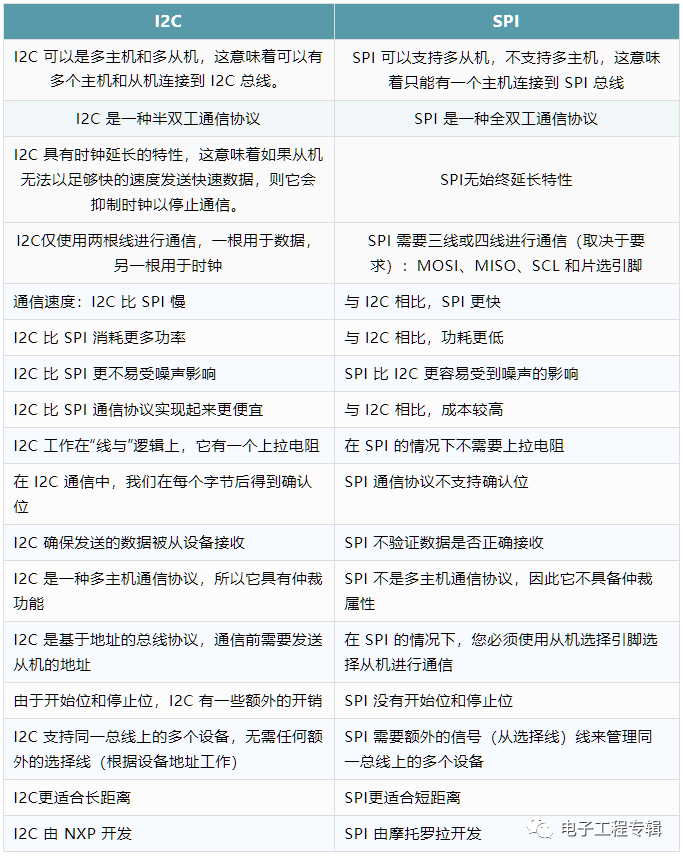

1. What is I2C?
2. Advantages of I2C Communication Protocol?
3. Disadvantages of I2C Communication Protocol?
4. What is SPI?
5. Advantages of SPI Communication Protocol?
6. Disadvantages of SPI Communication Protocol?
7. Main Differences Between I2C and SPI Communication Protocols?

1. What is I2C?



2. Advantages of I2C Protocol

-
It is a synchronous communication protocol, so the master and slave do not require precise oscillators. -
It only requires two wires, one for data (SDA) and one for clock (SCL). -
It provides users with the flexibility to choose transmission rates as needed. -
In the I2C bus, each device on the bus is independently addressable. -
It follows a master-slave relationship. -
It can handle multiple masters and multiple slaves on the I2C bus. -
I2C has some important features such as arbitration, clock synchronization, and clock stretching. I2C provides ACK/NACK (acknowledge/not acknowledge) functionality to help handle errors.

3. Disadvantages of I2C Bus

-
Due to its open-drain topology, it consumes more power than other serial communication buses. -
It is only suitable for short distances. -
The number of slaves in I2C is limited and depends on the bus capacitance. -
It only provides limited communication speeds, such as 100 kbit/s, 400 kbit/s, etc. -
In I2C, devices can set their communication speeds and need to wait for acknowledgment signals, which may delay faster devices when slower devices are in operation.

4. What is SPI?



5. Advantages of SPI Communication

-
There are no start and stop bits, so data can flow continuously without interruption. -
It supports full-duplex communication. -
No precision oscillator is required from the slave device, as it uses the master clock. -
There is no complex slave addressing system like in I2C. -
It has a higher data transfer rate than I2C (almost twice as fast). -
The MISO and MOSI lines are separate, allowing simultaneous data transmission and reception. -
Software implementation is relatively simple.

6. Disadvantages of SPI Communication

-
If there are multiple slaves communicating, the wiring can become complicated. -
It uses four wires (while I2C and UART use two). -
There is no acknowledgment of data receipt (unlike I2C). -
There is no form of error checking like parity bits in UART. -
It only allows one master.

7. Differences Between SPI and I2C

